MR-compatible graphene fibre microelectrodes enable full activation pattern mapping during simultaneous deep brain stimulation and functional MRI.
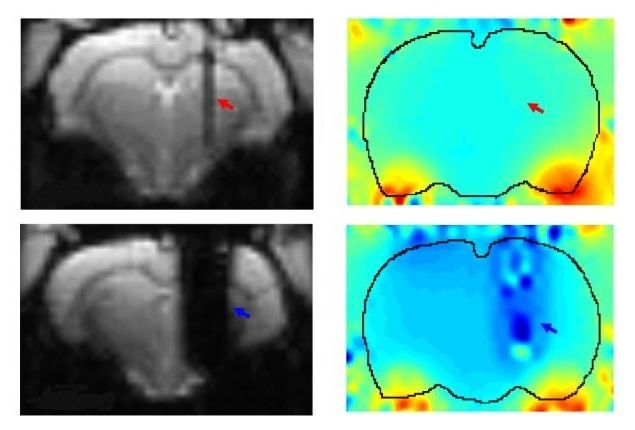


Guessing things are about to get dicey.
Texas reported a record-breaking number of COVID-19 hospitalizations Monday as the governor plans to reopen more businesses and double capacity.
Texas Department of State Health Services figures show 1,935 people were admitted as hospital patients for coronavirus-related treatment. That is up from a previous record of 1,888 on May 5.
The department’s new figures were released as Gov. Greg Abbott moves forward with a plan to open bars, restaurants, amusement parks and other businesses to 50% capacity.

Type: Novel lipid nanoparticle (LNP)-encapsulated mRNA vaccine encoding for a prefusion stabilized form of the Spike (S) protein.
Status: Moderna said May 29 the first patients in both cohorts were dosed in the company’s Phase II trial (NCT04405076) assessing mRNA-1273. The study is designed to evaluate the safety, reactogenicity and immunogenicity of two vaccinations of mRNA-1273, given 28 days apart. plans to enroll 600 healthy participants across two cohorts: 300 adults ages 18–55 years, and 300 ages 55 years and up. Participants will be assigned to placebo, a 50 μg or a 100 μg dose at both vaccinations, and will be followed through 12 months after the second vaccination.
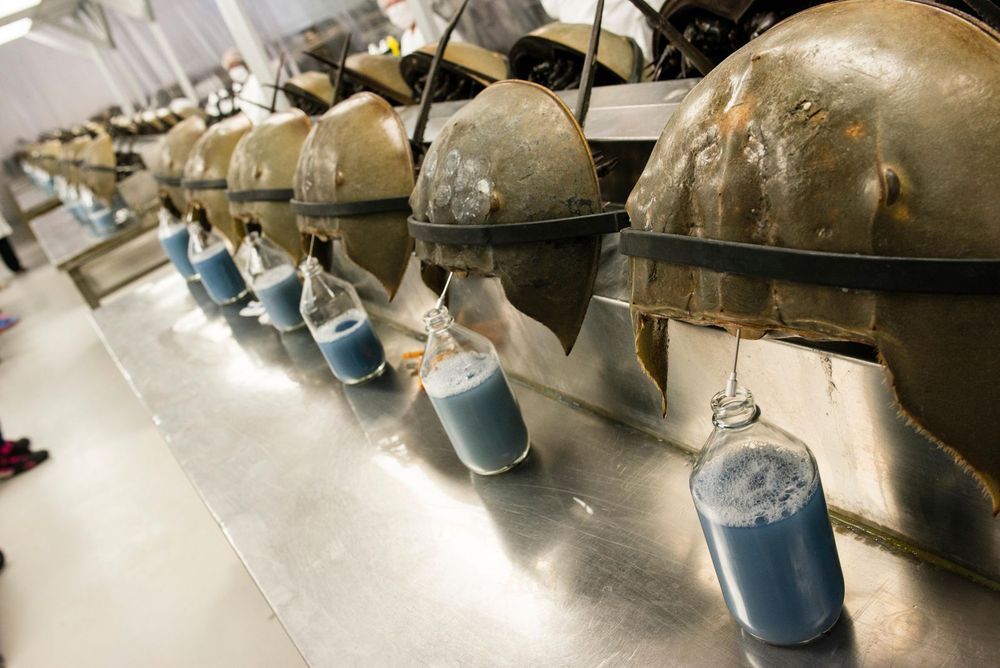
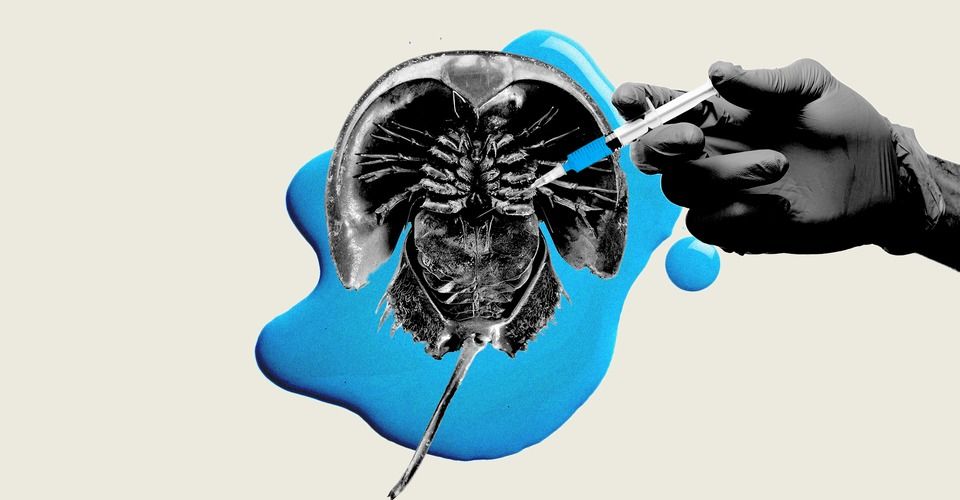
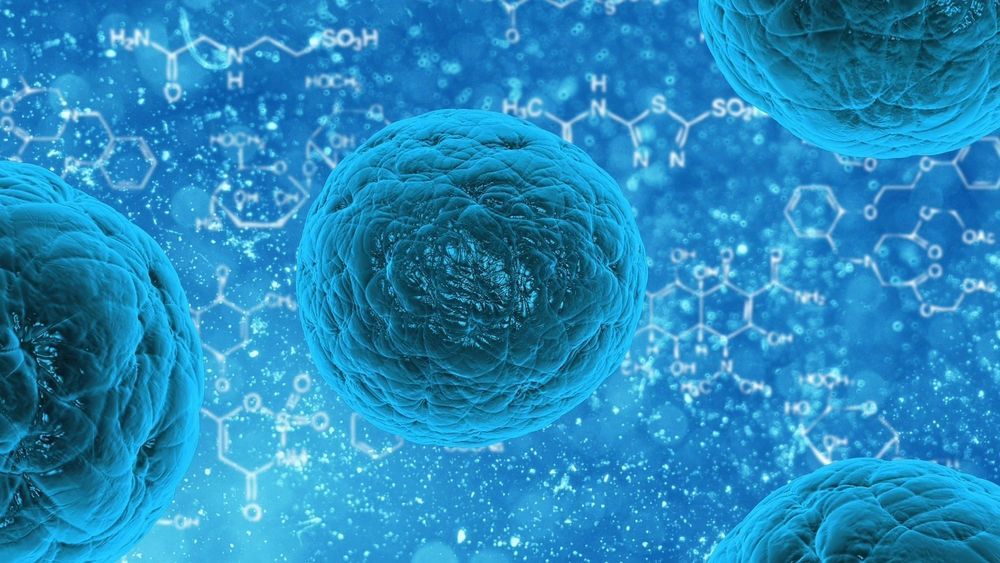
Our lungs, bones, blood vessels and other major organs are made up of cells, and one way our bodies keep us healthy is by using protein messengers known as ligands that bind to receptors on the surfaces of cells to regulate our biological processes. When those messages get garbled, it can make us ill with a host of different diseases.
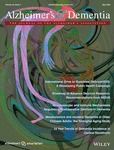
The Cognitive Debt hypothesis proposes that repetitive negative thinking (RNT), a modifiable process common to many psychological risk factors for Alzheimer’s disease (AD) may itself increase risk. We sought to empirically examine relationships between RNT and markers of AD, compared with anxiety and depression symptoms.
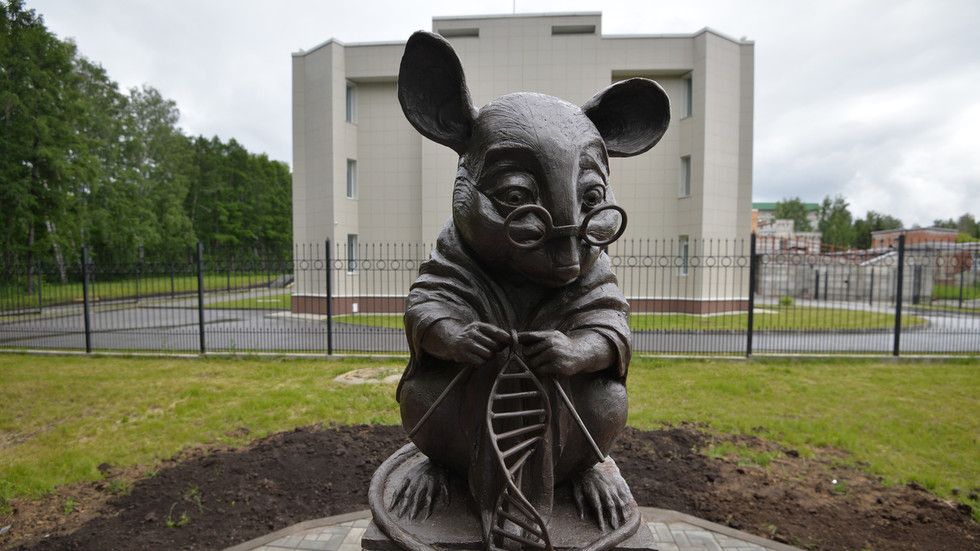
The president also ordered a boost in the education of specialists in genetics and genome sequencing and the domestic production of necessary laboratory equipment, as well as tax cuts for biomedical research. Russia will also open world-class genome research centers which will, among their immediate goals, work on the development of treatments and vaccines for Covid-19.
The future database will be one of the tools that Russia hopes to use to assume a leading position in the biomedical industry. The government sees it as crucial for keeping the country competitive on the world stage going forward.
The Kurchatov Institute, which is best known for nuclear research, has been tasked with laying the foundation for the database, choosing the storage format and making tools for search and analysis. The institute has experience in the secure handling of large amounts of sensitive data and operates a number of data centers across Russia which are used for scientific collaboration projects.
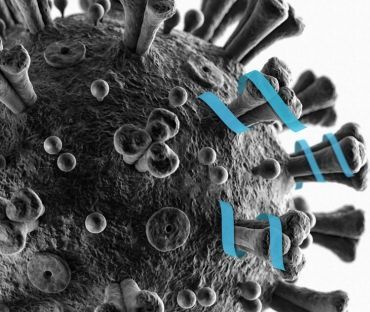
The research described in this article has been published on a preprint server but has not yet been peer-reviewed by scientific or medical experts.
In hopes of developing a possible treatment for Covid-19, a team of MIT chemists has designed a drug candidate that they believe may block coronaviruses’ ability to enter human cells. The potential drug is a short protein fragment, or peptide, that mimics a protein found on the surface of human cells.
The researchers have shown that their new peptide can bind to the viral protein that coronaviruses use to enter human cells, potentially disarming it.
MIT chemists are testing a protein fragment that may inhibit coronaviruses’ ability to enter human lung cells.
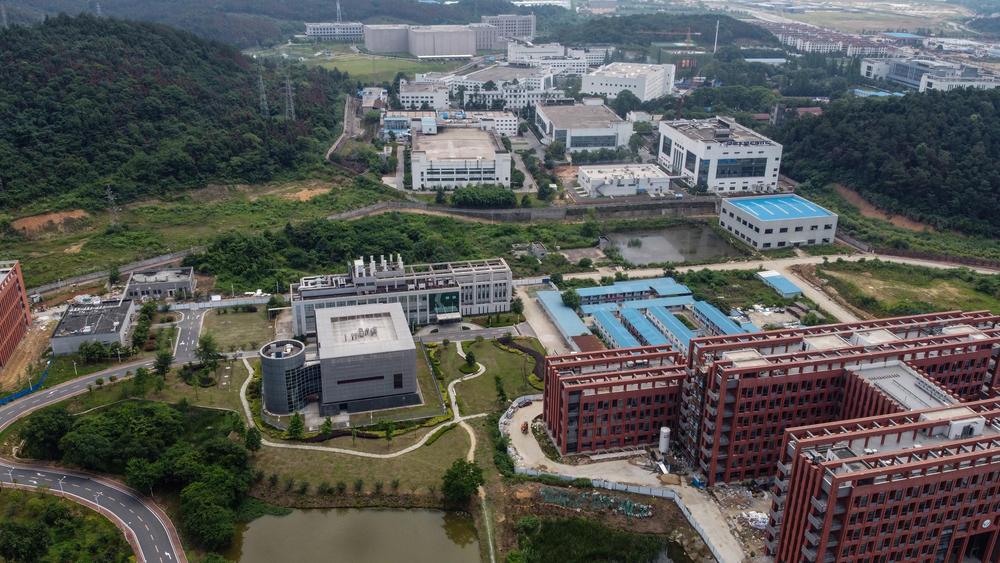
“Properties that have never been found in nature”
New claims that the novel coronavirus SARS-CoV-2 was engineered have been dismissed by scientific and intelligence experts.
The authors of a British-Norwegian vaccine study—accepted by the Quarterly Review of Biophysics—claim that the coronavirus’s spike protein contains sequences that appear to be artificially inserted.
In their paper, the Norwegian scientist Birger Sørensen and British oncologist Angus Dalgleish claim to have identified “inserted sections placed on the SARS-CoV-2 spike surface” that explains how the virus interacts with cells in the human body. Virologists, however, note that similar sections appear naturally in other viruses.